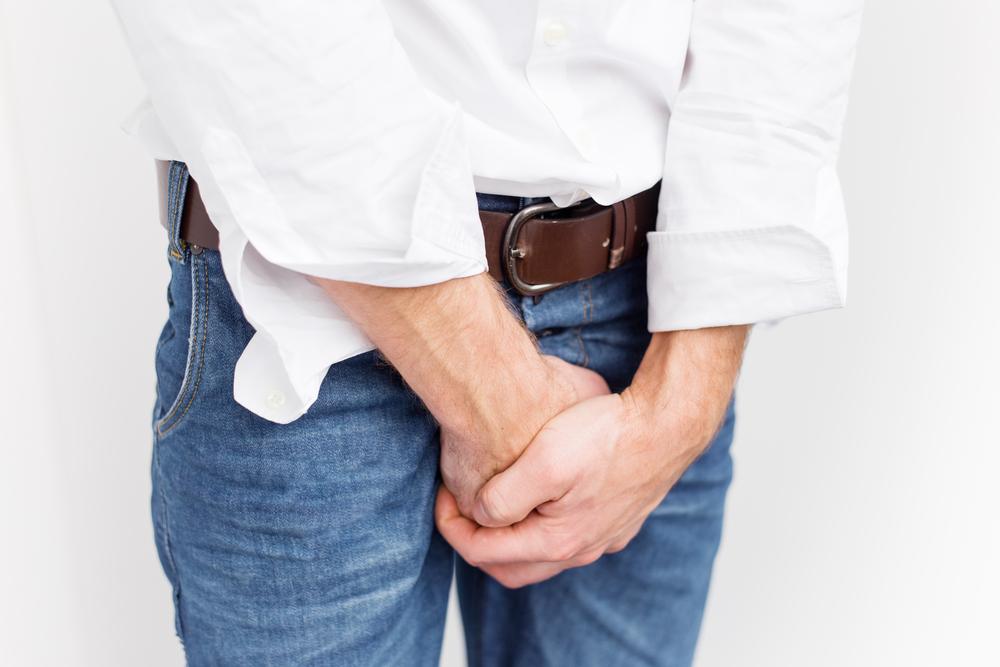Effective Strategies for Managing Urinary Incontinence and Bladder Leakage
Urinary incontinence affects many individuals, causing involuntary leaks that disrupt daily life. This comprehensive guide explores causes and types, including stress and urge incontinence, and offers effective treatment strategies such as pelvic exercises, dietary adjustments, bladder training, medications, and lifestyle changes. Early diagnosis and professional consultation are crucial for personalized care. By adopting these proven methods, individuals can regain control, reduce leakage episodes, and improve their quality of life. Empower yourself with knowledge and take proactive steps to manage urinary incontinence effectively.

Effective Strategies for Managing Urinary Incontinence and Bladder Leakage
Urinary incontinence, commonly known as bladder leakage, is a health issue that impacts millions of people worldwide. Despite its prevalence, many individuals hesitate to seek help due to feelings of embarrassment or social stigma. Understanding the various aspects of urinary incontinence and implementing effective management strategies are crucial for improving quality of life and restoring confidence. This comprehensive guide explores the causes, types, symptoms, and proven treatment options to help you take control of this condition.
Urinary incontinence is characterized by involuntary urine leakage that occurs at inconvenient times, often disrupting daily routines. It can affect people of all ages but is more common in middle-aged women due to hormonal changes, childbirth, and other factors. However, it also affects younger individuals, athletes, and men, especially those with prostate issues. Recognizing the specific type of incontinence you experience is essential for effective treatment.
Understanding the Types and Causes of Urinary Incontinence
Urinary incontinence is generally classified into two main types: stress incontinence and urge incontinence. Each type has distinct causes, symptoms, and management approaches.
Stress incontinence: This form occurs when physical activities such as coughing, sneezing, jumping, or lifting cause accidental urine leakage. The root cause is usually weakness in the pelvic floor muscles or tears in the urethral sphincter, which normally helps control urine flow. Factors like obesity, pregnancy, childbirth, menopause, and smoking can weaken these muscles, making individuals more susceptible. Women are particularly prone to stress incontinence due to pregnancy-related stretching and hormonal changes.
Urge incontinence: Also called overactive bladder, this type involves a sudden, intense urge to urinate that leads to involuntary leakage before reaching the bathroom. It results from involuntary bladder contractions caused by nerve dysfunction or irritation, often linked to urinary infections, neurological disorders, or bladder overactivity.
It's important to identify which type of incontinence you are experiencing, as treatment approaches vary significantly.
Effective Treatment Strategies for Urinary Incontinence
Managing urinary leakage effectively involves a combination of lifestyle modifications, exercises, dietary adjustments, and medical therapies. Here are some evidence-based strategies that can help you regain bladder control and improve overall quality of life.
Kegel Exercises and Pelvic Floor Training
Kegel exercises are fundamental for strengthening the pelvic floor muscles, which play a crucial role in bladder control. These exercises involve contracting and relaxing the pelvic muscles, much like stopping urination midstream. Regular practice can significantly improve muscle tone, reduce leaks, and even help prevent worsening of symptoms. For best results, aim for three sets of 10 repetitions daily, gradually increasing intensity over time.
Consult your healthcare provider or pelvic floor specialist to ensure proper technique and develop a personalized exercise plan.
Diet and Fluid Intake Management
Dietary modifications can reduce bladder irritation and leakage episodes. Avoid consuming excessive caffeine, alcohol, spicy foods, citrus fruits, and carbonated beverages, as these can irritate the bladder and increase urgency. Instead, opt for a balanced diet rich in fiber, vegetables, and lean proteins to maintain digestive health and prevent constipation, which can exert additional pressure on the bladder.
Managing fluid intake is equally important—consume adequate liquids to stay hydrated but avoid excessive consumption, particularly before bedtime, to reduce nighttime leakage. Maintaining a fluid schedule helps train the bladder and minimizes unexpected leaks.
Bladder Training Techniques
Bladder training involves gradually increasing the time intervals between bathroom visits, thus training the bladder to hold urine longer. Start by setting a schedule for urination and slowly extend the intervals as your bladder adapts. This practice can reduce urgency and frequency over time.
Patience is key; consistency yields the best results. Keeping a journal to monitor your urination patterns can assist your healthcare provider in tailoring a personalized training program.
Medication and Medical Interventions
In some cases, healthcare professionals may prescribe medications such as anticholinergics, beta-3 adrenergic agonists, or topical estrogen to manage symptoms. These drugs can relax overactive bladder muscles or strengthen urethral tissues. For persistent or severe cases, surgical procedures like sling surgeries, bladder neck suspension, or nerve stimulation therapy might be recommended.
Consult your healthcare provider for a comprehensive evaluation to determine the most appropriate treatment plan tailored to your specific condition.
Supporting Supplements and Lifestyle Changes
Natural supplements like magnesium can help relax muscles and calm nervous system activity, potentially easing bladder leaks. Maintaining a healthy weight reduces pressure on the bladder and pelvic floor muscles, leading to fewer episodes. Quitting smoking also plays a vital role, as smoking can irritate the bladder and weaken tissues necessary for control.
Incorporate regular physical activity and pelvic floor strengthening routines into your daily routine to promote overall urinary health.
Preventive Measures and Long-Term Management
Prevention and long-term management of urinary incontinence involve maintaining a healthy lifestyle, avoiding bladder irritants, and seeking early medical advice when symptoms appear. Regular pelvic floor exercises, maintaining a healthy weight, and staying hydrated are key components of ongoing care.
If you experience sudden changes in urinary pattern, persistent leaks, or associated symptoms like pain or blood in urine, consult a healthcare professional promptly. Early intervention can prevent complications and improve treatment outcomes.
Seeking Professional Help and Support
Overcoming embarrassment and talking openly with healthcare providers is essential. Urologists, gynecologists, and continence specialists are equipped to diagnose the specific type of incontinence and recommend suitable therapies. Support groups and patient education resources are also helpful for emotional support and practical advice.
Remember, urinary incontinence is a common condition that can be effectively managed with the right treatment plan, lifestyle adjustments, and ongoing medical supervision. Don’t let bladder leakage control your life—take proactive steps today for a healthier, more confident tomorrow.





